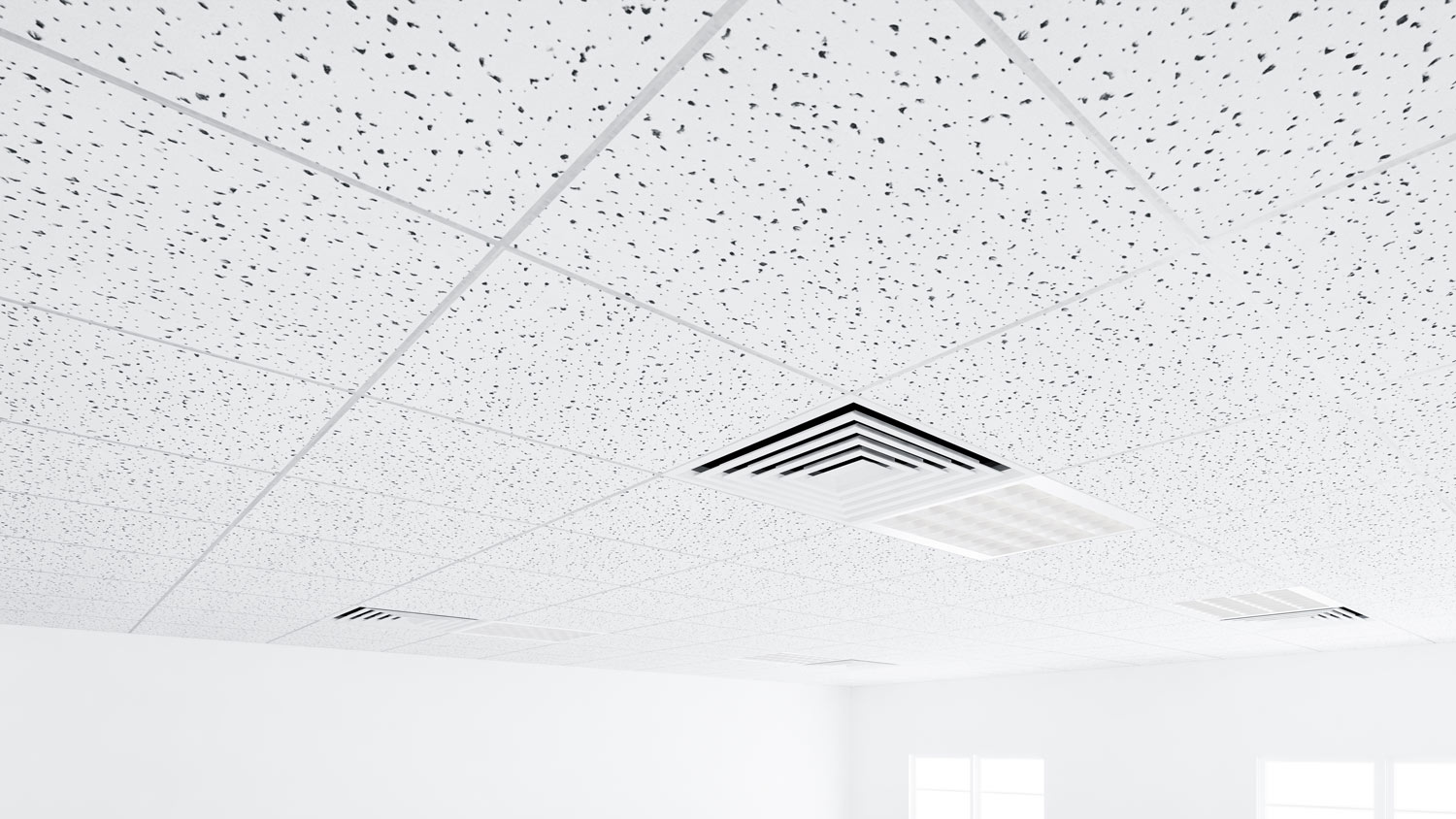
Discover the average cost of tin ceiling installation, including labor, materials, and key factors that impact your budget. Learn how to save and plan your project today.
The farmhouse style creates an inviting, down-to-earth environment in your home


The farmhouse style draws inspiration from country living.
Farmhouse design focuses on simplicity and practicality.
The design originates from U.S. settlers starting rural homesteads.
This country-inspired style is characterized by rustic design elements, natural materials, muted colors, and simple forms.
Originating from U.S. settlers starting their rural homesteads, farmhouse design has been popular for decades. Over the years, the style has been rehashed in various lights, ranging from designer Laura Ashley’s romantic rural motifs to the 21st-century Magnolia empire.
In recent years, farmhouse design has evolved into a clean, minimalist, modern style popularized in mainstream media. Defined by inviting, comfortable, and approachable interiors that eschew other styles' ornate and gaudy touches, the rustic farmhouse style focuses on simplicity and function, and you can easily incorporate it into your living space.
Farmhouse is a house style characterized by a country style with rustic design elements, natural materials, and practical furnishings. In farmhouse interiors, you’ll find furnishings that have clean, simple lines and lack ornate details, along with subdued and nature-inspired color schemes. Farmhouse design evokes a cozy, down-to-earth feel.
Farmhouse design refers to the pioneer days when American settlers moved westward to farm. Settlers built large wooden homes with front porches to gather in after a long day of working the land. Rural dwellers were resourceful, which also shows in their homes, as they embraced function over frills with furnishings and decor.
They were the original do-it-yourselfers, creating their own tables and chairs for their homes, as they lived far from the big city. They had to rely on what was in their immediate surroundings, repurposing hand-me-downs and embracing antiques passed down from family members. Farmhouse living involves using abundant natural materials like wood to create large farm tables and architectural elements like exposed beams and paneling.
Wood furnishings took on simple, rectilinear forms, as farmers didn’t have the tools to make intricate, curvy furnishings. There was an emphasis on craftsmanship with well-made rocking chairs, drawers with dove-tail joints, and sturdy tables that could last the test of time.
Recently popularized with the rise of shows like HGTV’s “Fixer Upper,” farmhouse style has taken on a modern spin, characterized by airy open-concept spaces and materials like painted shiplap walls, wood furniture, and matte black metal. With its straight lines and simple forms, almost anyone can apply farmhouse design to their space, even in more contemporary homes.

The farmhouse style is unmistakable thanks to a few key components that create a warm, inviting, and easy-living feeling on the home's interior and exterior.
The warmth and charm of farmhouse interior design is characterized by the following:
Furnishings with simple lines and forms: Rural dwellers didn’t have the tools to create ornate furnishings.
Organic materials: Easily accessible materials, like wood, stone, and metal, found nearby in nature were popular.
Rustic, worn surfaces: Aged materials with character are popular, like metals with a weathered patina and stripped-down wood with scratches. These embody the forced frugality and resourcefulness of early settlers.
Natural fabrics: Cotton and linens in simple patterns like gingham, floral, or paisley were popular, along with leathers and suedes made from animal hides.
Handmade textiles: With an emphasis on artisanal wares, farmhouse decor incorporates quilts, embroidered linens, lace, and knit blankets.
Eclectic style: Living in the country, people slowly added furnishings to their homes over time, giving their spaces a collected, personal, and intentional look.
Some features help define the farmhouse style on the exterior of the home, including the following:
Natural materials: Much like on the inside of homes, early settlers used raw materials from the surrounding area, like wood and stone, to build and decorate the exterior.
Wraparound porches: The farmhouse style embraces nature, and there are few better ways to connect to the surrounding land than with a wraparound porch.
Exposed beams: Those wraparound porches often have large exposed beams and wooden posts, mainly because functionality is more important to the style than decoration.
Simple, natural colors: Most homes that embrace the farmhouse style have simple exterior colors, like white siding with black shutters and accents. This reflects the simplicity of nature.
Large windows: Big, sprawling windows are another way the farmhouse style helps maintain a connection to nature.
Barn doors: They were simple for early settlers to construct, so they’re a key feature of modern homes that embrace the farmhouse style. On the exterior, they can serve as garage doors or even main entrance doors.
As with any home decor trend, the farmhouse style has pros and cons to consider before you dive in head first and start making changes to your home.
Incorporating the farmhouse style provides some pretty enticing upsides in many cases:
Classic but timeless. The farmhouse style harkens back to early settlers, but natural materials will always stay in style. The trend may come and go, but a farmhouse style will never look totally out of place.
Warm and inviting feel. Natural building materials and decor make it feel cozy and inviting. Guests and family members usually feel right at home in this relaxed environment.
Outstanding functionality. Early settlers had to focus on functionality over visual appeal and decor. While the style is considered attractive today, it maintains an easy-to-use, comfortable living space.
Provides a connection to nature. Large windows and porches let you enjoy nature, even inside your home.
DIY-friendly. Since the style focuses on rustic furniture and decor, many people find the elements easy to DIY.
Doesn’t require major home renovations. Unlike other styles that include architectural elements like cupolas and specific types of roofing, just about anyone can incorporate the farmhouse style into their existing space. You may just want to hire an architect near you to include the porch or large windows that help define the style.
Of course, there are some downsides to the style as well. Make sure you consider the following before you bring the design elements into your home:
Not ideal in all areas. The rustic charm of the farmhouse style will feel right at home in many rural and suburban areas, but it might seem out of place in a busier city.
Highly popular. The farmhouse design took off in the 2000s due to social media. While this isn’t necessarily bad, it could mean that your home feels like a duplicate of many others in your area.
Can be difficult to maintain. Some materials common in farmhouse design, like antique furniture or reclaimed wood beams, can be challenging to maintain.
Some issues in colder climates. The large windows that help define the style reduce your home’s energy efficiency, which isn’t ideal in freezing climates. The large, open floor plan that promotes connection with other people in the home can also be challenging to heat efficiently.
Can be expensive to adopt. Some materials, once free for early settlers, like reclaimed barnwood, are costly today. The style's popularity can also mean a higher demand for decor, which leads to higher prices.
Thankfully, incorporating the farmhouse style into your existing home is relatively easy and doesn’t require significant changes to your space. Use the following tips to bring the farmhouse feel to your living area.
Subdued metals: In place of shiny metals, accessorize with aged bronze for a classic farmhouse look and matte black metals like black iron for a modern take.
Worn-and-torn surfaces: To get a rustic look, embrace furniture and decor with a patina. Texture offsets the simplicity of clean lines and forms while also adding character.
Mix and match: Think of contrasting and complementing when pairing pieces. Rather than buying furnishings that match, mix in different styles and periods for a collected and eclectic look.
Antique and vintage: Furnishings passed down from generation to generation tell a story and add instant charm to a space.
Subdued shades: Color-rich dyes on the farm were hard to come by, so more organic color schemes were popular in homes. Embrace earth tones and warm neutral shades.
Rustic architecture: You can use salvaged elements like wood boards and beams, along with metal hardware, to give interiors a cozy, lived-in look.
Intentional details: Don’t get heavy-handed with accessories, but layer in a few rustic decorative pieces like wooden crates and vintage glass bottles filled with dried flowers.
With the guidance of a local interior designer, you can bring your farmhouse vision to life.
From average costs to expert advice, get all the answers you need to get your job done.

Discover the average cost of tin ceiling installation, including labor, materials, and key factors that impact your budget. Learn how to save and plan your project today.

Wondering how much it costs to remove an acoustic ceiling? Get cost estimates, key factors, and expert tips to help you plan your ceiling update.

The cost to replace trim depends on factors such as style, material, and whether you hire a pro. Find out what your budget could look like for this project.

Wondering who to hire to install acoustic ceiling tiles? Learn which pro to call, how installation works, and what to expect. Get confident before you book.

Create a stunning and functional home or remodel with an interior designer. Follow these common interior design questions to prepare for working with a pro.

There are a lot of crown molding materials to choose from, and you’ll need to know the benefits of each to know how to pick the best one for your needs.